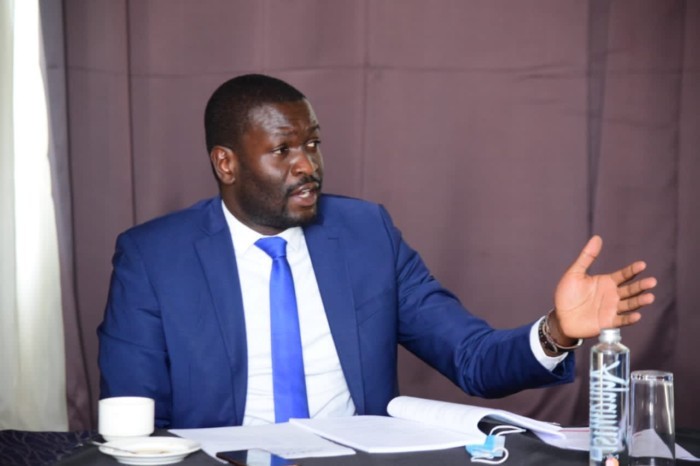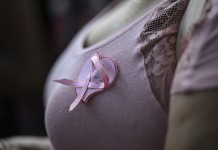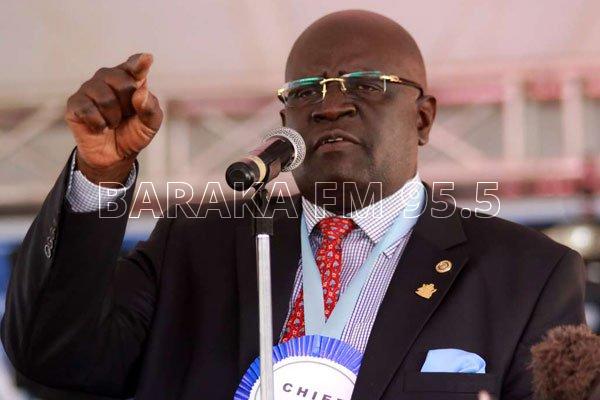Mombasa, KENYA: Inadequate fish stock in the Indian Ocean has been a headache to fishermen and locals who depend on fish for employment and food.
At the Mombasa’s Old town port fishermen are lamenting over the unpredictable weather change causing the disappearance of some fish species and high tides making fishing to be difficult on the ocean.
Mr. Abdul Said, a fisherman said that they are forced not to fish on the deep waters due to strong winds.
“Now am seeing as if blessings are over the ocean is very harsh and there is no fish at all when we go to fish. We only return with two or one kilograms of fish, we do not catch red snapper and gold fish because of the strong winds in the ocean.” He said.
According to environmental experts, Kenya has potential of feeding its people, urging Kenyans to embrace the Blue Economy for food security.
Dr. Jacqueline Uku is the Project Manager of Embracing The Blue Economy For Africa’s Accelerated Development at the Kenya Coastal Development Project (KCDP), said that the coastal and marine resources, if well managed, can contribute substantially to economic growth and the reduction of poverty, through the Blue Growth initiative.
“We have been focusing on vulnerable and marginalized group and this shows how they fish in daily basis, so we are trying to work with selected groups to understand whether when they consolidate their effort they are able to get a better catch and better productivity from the sea that is more sustainable.” Said Dr. Uku.
She said that the main areas of focus of the KCDP is to enhance wealth creation and benefits from the blue economy, through support for the commercialization of the marine fishery and aquaculture; support of the infrastructure, and the training of youth and women to tap into the fishery potential.
In November last year, the Kenya Commercial Bank Foundation in partnership with the County Government of Mombasa launched the first ever locally owned fishing vessel – MV Mombasa 001 which was locally constructed at a cost of Kshs. 15 million, with the aim of increasing fish harvest in the county to over 40,000 kilograms per month.












